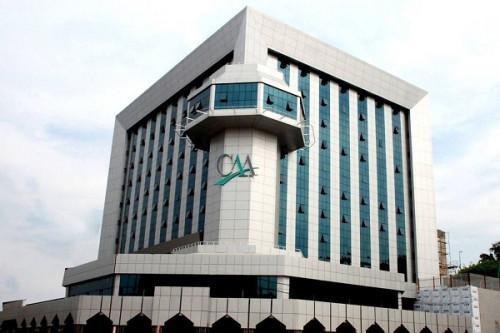
Cameroon is at high risk of debt distress, the AfDB estimates

(Business in Cameroon) - In its 2021 outlook on African economies, the African Development Bank (AfDB) estimates that "Cameroon’s level of public debt is worrying." The development bank explains that the country's debt dropped significantly in 2006 when it benefited from the Heavily Indebted Poor Countries (HIPC) initiative. But, barely a year later, that debt resumed an uptrend curve, the AfDB adds.
"The stock of public debt rose from 12% of GDP in 2007 to 45.8% of GDP (about two-thirds external and one-third domestic) by September 2020," it writes. This means that within 13 years, Cameroon’s public debt rose four-fold. Based on that fact, the AfDB estimates that "Cameroon has the characteristics of a country at high risk of debt distress."
As such, the development bank believes, the country’s development efforts could be jeopardized because a significant portion of its revenues are now used to repay creditors like it was the case before the HIPC initiative. Incidentally, the 2021 finance law had already revealed that as in 2018, the volume of debt service (both domestic and foreign) has started rising while public investments dropped slightly. For instance, according to budget documents, Cameroon's debt service increased from XAF727.5 billion in 2017 to XAF1,027 billion in 2018 while public investment fell from XAF1,586.9 billion to 1,291.5 billion over the same period.
Therefore, the AfDB believes that should the country become over-indebted, it would become "problematic because of the need to support economic recovery in 2021 and to carry out the major structuring projects envisioned in its new national development strategy for 2020 to 2030."
Let’s note nevertheless that Cameroonian authorities have always played down such post-HIPC overindebtedness warnings. According to the authorities, at 45.8% of GDP at end-September 2020 (XAF10,164 billion), public debt is well below the debt-to-GDP intolerance ratio, which is 70% in the CEMAC region.
Moreover, they point out, public debt started rising post-HIPC because of the numerous infrastructure projects launched over the period. Indeed, in 2012, the country launched a large infrastructure construction project in the framework of the 7-year "major achievements" term. Those infrastructures include hydroelectric dams, the bridge over the Wouri, national roads, the Port of Kribi as well as cross-border roads. There are also the infrastructure projects launched in the framework of the Three-Year Emergency Plan (Planut) and the 2019 African Cup of Nations (AFCON), which was finally rescheduled for early 2022.
Brice R. Mbodiam
Mags frontpage
- Most read 7 days
- shared 1 month
- read 1 month































